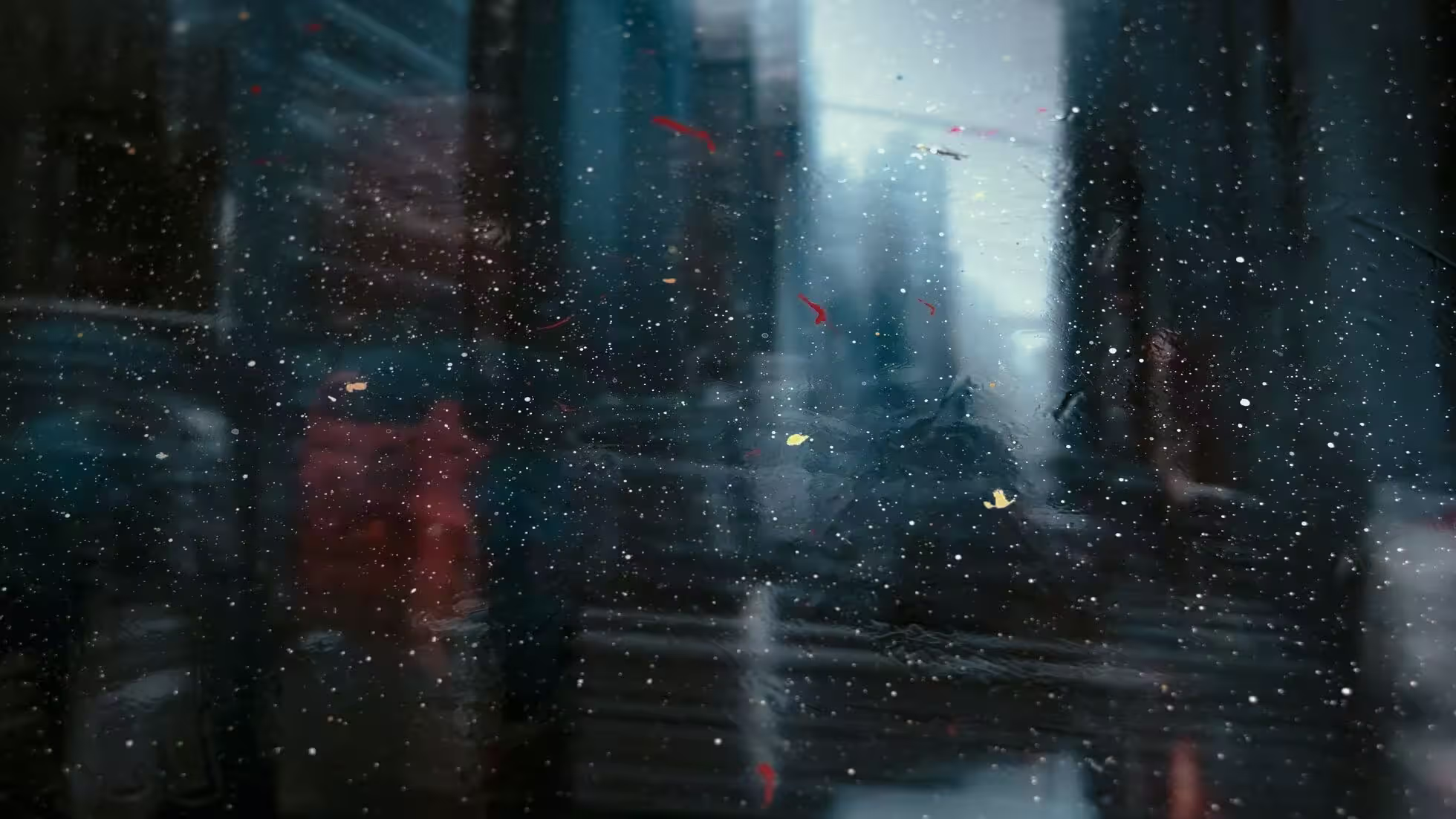Apollo 13 and the Power of OKRs

The Apollo program remains one of humanity’s greatest feats. Apollo 11 took Neil Armstrong to the moon with the immortal line, “That’s one small step for man, one giant leap for mankind,” a sentence parodied on restrooms everywhere: “One small step forward, one giant leap for civility.” After Apollo 11, NASA launched Apollo 12 and 13. Apollo 13 aborted its lunar landing after an oxygen tank exploded three days after launch, fought through wave after wave of crises, and still brought the crew back alive. Many called it a “successful failure.” In 1995 Ron Howard turned the accident into the film Apollo 13, which stirred audiences with its ideals, courage, resolve, faith, and family bonds. Beyond the spirit, the mission also showcased NASA’s world-class use of Objectives and Key Results.
At 13:13 GMT on April 13, 1970, Apollo 13 lifted off from Florida. Aside from a small hiccup, everything looked normal. At 21:07 the same day, when mission control asked command module pilot Jack Swigert to stir the oxygen tanks, the spacecraft exploded 2.5 seconds later. “Houston, we’ve had a problem,” came the report. Oxygen tank No. 2 had ruptured, creating a contingency scenario NASA had never rehearsed.
Life-support specialists urged the team to abort the lunar landing and bring the astronauts home immediately. After a brief pause, flight director Gene Kranz agreed, ordered an abort, and quickly rallied ground teams to clarify the mission: in the movie, Kranz sketches a simple loop on the chalkboard—bring three astronauts back alive. The goal was crystal clear but riddled with obstacles: the lunar module wasn’t meant to hold three people, time was short, power scarce, carbon dioxide rising, temperatures plummeting…
Faced with each hurdle, the ground controllers and the crew refused to give up. They circled the moon to use its gravity as a slingshot, converted the lunar module into a lifeboat and propulsion stage, shut down every possible system to save power, improvised square-peg adapters to filter CO₂, endured temperatures near minus four degrees Celsius, and hunted for a return trajectory that minimized energy use. One by one the key tasks clicked. The command module re-entered Earth’s atmosphere at the perfect angle and splashed down safely in the South Pacific.
No organization can foresee every risk. Businesses, too, suffer blindsides—a pie thrown on Robin Li, an actor stabbed on stage, or true force majeure like earthquakes and typhoons. When crisis strikes, detailed playbooks matter less than having a decision-making process: align on the objective, define the critical tasks, execute, and defuse the threat.
That was Apollo 13’s OKR moment: an audacious objective, unprecedented difficulty, and yet NASA delivered a miracle. The victory also depended on the confidence and optimism of the flight director and the three astronauts—just as Jim Lovell’s mother said, “If they can get a washing machine to fly, my Jim can land.”
Published at: Jan 2, 2019 · Modified at: Nov 21, 2025


